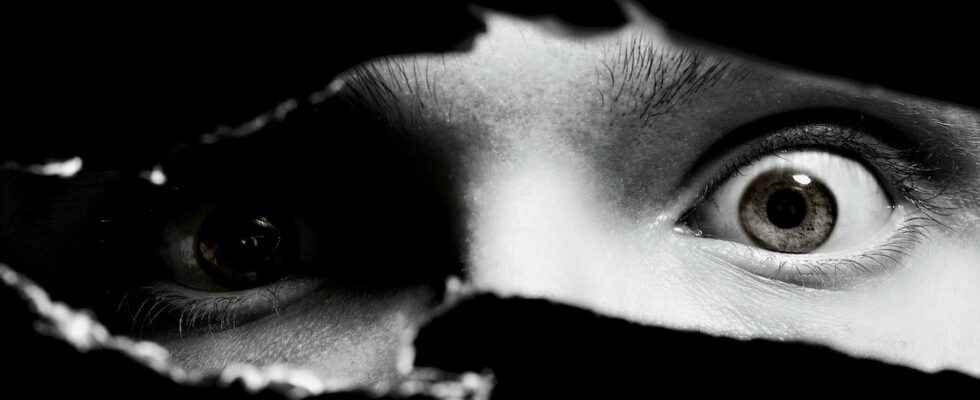Death remains a mystery. And it would seem that its very definition wants, over the course of some recent scientific work, to be called into question. Today, researchers announce that they have obtained human retinas… which they see after death!
You will also be interested
[EN VIDÉO] Kezako: Can we really trust our eyes? The human eye can differentiate nearly eight million shades of color. However, this organ so advanced gives little information to our cortex to create an image. So what exactly happens when we see? Unisciel and the University of Lille 1 explain to us, with the Kézako program, the functioning of this surprising organ.
At the base of our ability to see the world around us are specialized cells plastered over our retina. photoreceptors sensitive to light. And when we die, of course, those precious cells die with us. But University of Utah researchers (United States) succeeded in resuscitating some of these photoreceptors. To be seen, in a way, after death. A breakthrough that could revolutionize research on the brain and vision.
First attempts had already given encouraging results in the past. Restoring very limited electrical activity in the eyes of organ donors. This time, they are photoreceptor cells of the macula who may have been awakened. The macula is this region of the retina located at the very bottom of our eye. It is responsible for our central vision and our ability to distinguish the finer details and colors.
The photoreceptors discussed here – also from human organ donors – responded to bright light, colored lights and even lightning very weak light. And this up to five hours after being sampled. Even better, they were able to resume their communications with other cells in the retina. A real resurrection, based on the idea that it was oxygen deprivation, above all, that had made previous experiments fail.
Towards new treatments for blindness
Researchers at the University of Utah, in fact, have designed a dedicated transport unit. Allowing to restore oxygenation and provide some nutrients to the eyes taken from organ donors less than 20 minutes after their death. Thanks to a device designed to stimulate the retina and measure theelectrical activity of its cells, they were able, for the first time, to observe a specific signal which had hitherto only appeared in living eyes. The one that specialists call wave b.
Beyond the result obtained, the very model developed by researchers at the University of Utah is a step forward. It should enable scientists to better study neurodegenerative diseases such as macular degeneration, the main cause of visual impairment in the elderly. Without having to go through an animal model that is not always very suitable. Mice, for example, do not have a macula. The idea of being able to produce viable patches of human retinal tissue could be used to develop new therapies for blinding diseases.
Before concluding, remember that a few years ago, researchers at Yale University (United States) had reanimated the brains of disembodied pigs. Brains come back to life for no less than 36 hours. They had made the front page of all the newspapers. The results obtained here by the University of Utah researchers may not seem so spectacular. But they raise once again the question of the definitive nature of the dead. Or at least, that of its definition as the irreversible loss of neuronal activity.
Interested in what you just read?
